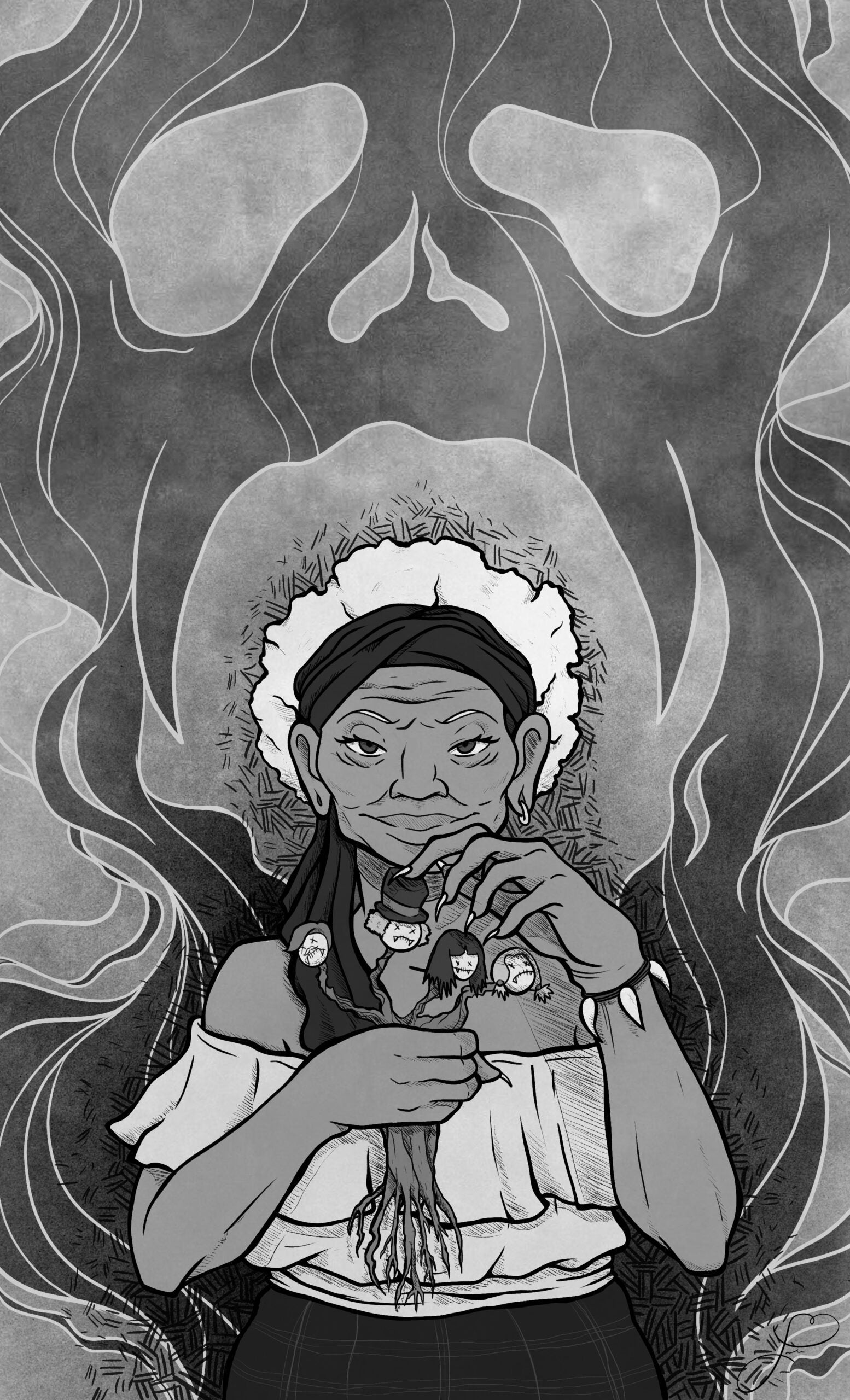Friday from the Archives: “Aun’ Peggy: Charles Chesnutt’s Vampire Slayer?” an essay by Trudier Harris from NCLR 2019
Charles Chesnutt is a recurring subject within the pages of NCLR. His creative, captivating writing style and significant place in North Carolina’s history offers plenty of interesting topics for our publication to explore. This week Senior Editoral Assistant Amber Knox revisited Trudier Harris’s essay on Chesnutt and the vampiric themes in The Conjure Woman.
Harris’s essay focuses on the character of Aun’ Peggy, “a trickster whose skills of indirection trump whitness, control, and the implicit directives of slavery.” Aun’ Peggy is a very interesting character in Chesnutt’s stories, both for her existence outside the regular boundaries of society as a conjure woman who is able to “manipulate natural and human phenomenon” and for the influence she has over the events of the stories themselves. In her essay, Harris presents Aun’ Peggy as a vampire slayer, fighting against the system of slavery which “sucked the life blood out of the people of African descent.”
Harris’s view of these stories is a fascinating take on both the symbolism of Chesnutt’s writing and on the nature of slavery itself. Harris acknowledges the cruelty and horror of the system of slavery while also showing the ways in which Aun’ Peggy “uses her powers to disrupt the system’s impact upon those who are enslaved.” As Harris points out, “Although she does not wield a wooden stake or a silver bullet, she nonetheless succeeds in various ways in reducing slavery to a manageable inconvenience from its status as an all-consuming, devouring monster.”
Read the entire essay on proquest or purchase a copy of NCLR 2019 to read it and more writing about North Carolina African American Literature. And for more on Charles Chesnutt check out our Featuring Charles Chesnutt package, a package deal on the several issues featuring Chesnutt content in NCLR.
